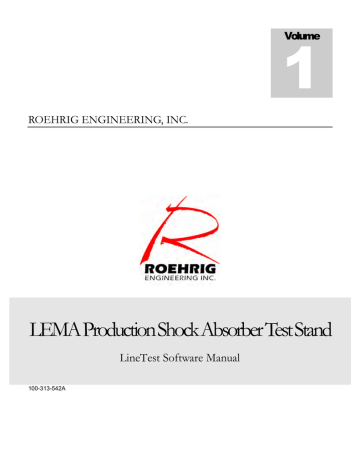

- #Elo touchscreen calibration driver
- #Elo touchscreen calibration portable
- #Elo touchscreen calibration software
Historically, the touchscreen sensor and its accompanying controller-based firmware have been made available by a wide array of after-market system integrators, and not by display, chip, or motherboard manufacturers. Touchscreens are found in the medical field, heavy industry, automated teller machines (ATMs), and kiosks such as museum displays or room automation, where keyboard and mouse systems do not allow a suitably intuitive, rapid, or accurate interaction by the user with the display's content.
#Elo touchscreen calibration portable
The popularity of smartphones, tablets, and many types of information appliances is driving the demand and acceptance of common touchscreens for portable and functional electronics. Touchscreens are also important in educational settings such as classrooms or on college campuses. They play a prominent role in the design of digital appliances such as personal digital assistants (PDAs) and some e-readers. They can also be attached to computers or, as terminals, to networks. Touchscreens are common in devices such as game consoles, personal computers, electronic voting machines, and point-of-sale (POS) systems. The touchscreen enables the user to interact directly with what is displayed, rather than using a mouse, touchpad, or other such devices (other than a stylus, which is optional for most modern touchscreens).
#Elo touchscreen calibration software
The user can use the touchscreen to react to what is displayed and, if the software allows, to control how it is displayed for example, zooming to increase the text size. Some touchscreens use ordinary or specially coated gloves to work while others may only work using a special stylus or pen.

A user can give input or control the information processing system through simple or multi-touch gestures by touching the screen with a special stylus or one or more fingers. The display is often an LCD, AMOLED or OLED display while the system is usually a laptop, tablet, or smartphone. The touch panel is normally layered on the top of an electronic visual display of an information processing system. the link from where I downloaded was: īut following the instructions in the "readme" not got success, it may be that I made a mistake in the way.A touchscreen or touch screen is the assembly of both an input ('touch panel') and output ('display') device.
#Elo touchscreen calibration driver
Tried to download the Driver from the manufacturer's page of the monitor. Xserver_arguments -ac -a 1 -s 0 -shadow -dpms +extension Composite -screen 1024x768x24 -keybd keyboard -mouse mouse,5,/dev/input/mice -nolisten tcp With the change of acceleration to "-a 1" got an improvement in the result, but not a decent improvement. I also tried using the "-dpms", but nothing helps. What brought me some positive result was to use the parameters "-ac" and "-a 1".

I've tried many options of the functionality of "Xvesa -help". I am using Slitaz system 3.0 with the Graphics server Xvesa, because the Xorg couldn't rotate the monitor with the "xrandr". If necessary, the link to view more information about the computer: The settings of the PC I'm using are these: I am developing a system where I need to use a touch screen monitor, and I'm having problems to calibrate the touch screen monitor - "Elo Touch" (I don't have the exact model of it).


 0 kommentar(er)
0 kommentar(er)
